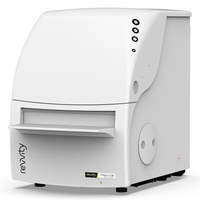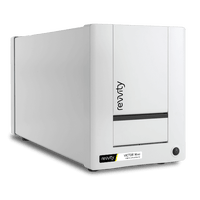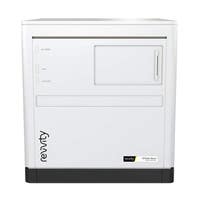

HTRF IP-One Gq Detection Kit, 1,000 Assay Points
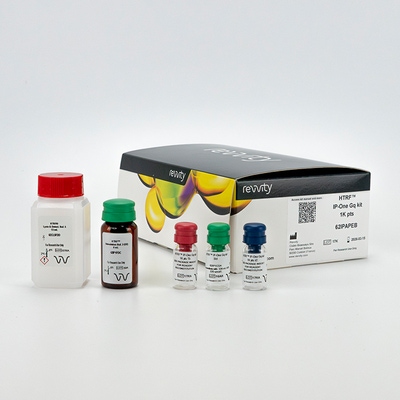

 View All
View All
HTRF IP-One Gq Detection Kit, 1,000 Assay Points
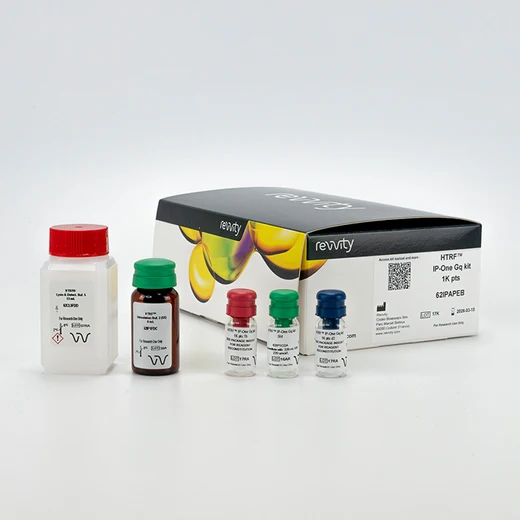



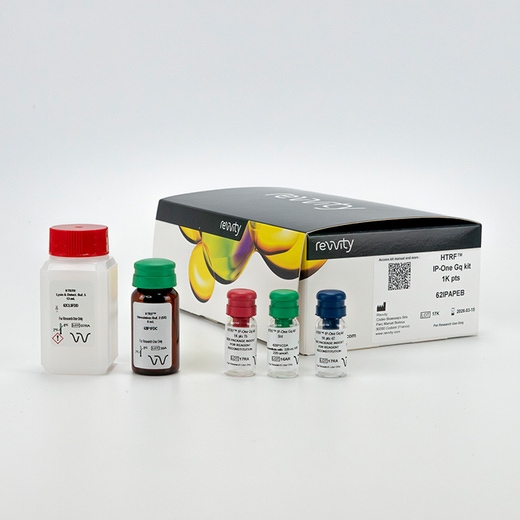



This HTRF kit detects the accumulation of inositol monophosphate, a metabolite produced following phospholipase C activation and used as a proxy of Gq activation
For research use only. Not for use in diagnostic procedures. All products to be used in accordance with applicable laws and regulations including without limitation, consumption and disposal requirements under European REACH regulations (EC 1907/2006).
| Feature | Specification |
|---|---|
| Application | Second Messenger Detection |
| Sample Volume | 14 µL |
This HTRF kit detects the accumulation of inositol monophosphate, a metabolite produced following phospholipase C activation and used as a proxy of Gq activation
For research use only. Not for use in diagnostic procedures. All products to be used in accordance with applicable laws and regulations including without limitation, consumption and disposal requirements under European REACH regulations (EC 1907/2006).




HTRF IP-One Gq Detection Kit, 1,000 Assay Points




HTRF IP-One Gq Detection Kit, 1,000 Assay Points




Product information
Overview
HTRF IP-One assays detect the accumulation of inositol monophosphate, a stable downstream metabolite of IP3 induced by activation of a phospholipase C (PLC) cascade. This kit allows direct characterization of all types of compounds acting on Gq-coupled receptors in either adherent or suspension cells.
From high-throughput screening (HTS) to structure-activity relationships (SAR), IP-One has been shown to offer superior benefits over traditional assays
Specifications
| Application |
Second Messenger Detection
|
|---|---|
| Brand |
HTRF
|
| Detection Modality |
HTRF
|
| Product Group |
Kit
|
| Sample Volume |
14 µL
|
| Shipping Conditions |
Shipped Ambient
|
| Target Class |
GPCR
|
| Technology |
TR-FRET
|
| Therapeutic Area |
Cardiovascular
Infectious Diseases
Metabolism/Diabetes
NASH/Fibrosis
Neuroscience
Oncology & Inflammation
Rare Diseases
|
| Unit Size |
1,000 Assay Points
|
Video gallery


HTRF IP-One Gq Detection Kit, 1,000 Assay Points


HTRF IP-One Gq Detection Kit, 1,000 Assay Points


Citations
How it works
Assay principle
The kit is based on a competitive format involving a specific antibody labeled with cryptate (donor) and IP1 coupled to d2 (acceptor). Native IP1 produced by cells competes with d2-labeled IP1 for binding to monoclonal anti-IP1 Tb2+ cryptate. LiCl is added to the cell stimulation buffer, causing IP1 to accumulate upon receptor activation.

Assay protocol
The IP-One assay features a streamlined protocol with just two incubation steps: Cell stimulation by the ligand or target compounds IP1 detection using HTRF reagentsThis protocol requires only a single, one-hour incubation period following cell stimulation.

Assay details
Specificity of IP-One Gq assay
IP-One ensures signal specificity, measuring only IP-1, an analyte that is solely produced by the action of the phospholipase enzyme (PLC) and mediated by GPCRs.
In contrast, calcium responses are complex in nature. Calcium release is frequently triggered by non-G protein mechanisms, including Ca2+ permeable channels, calcium pumps, calcium transporters.
Standard curve characteristics
Assay Window, sensitivity, reproducibility and specificity : IP-One makes no concession !

Resources
Are you looking for resources, click on the resource type to explore further.
SDS, COAs, Manuals and more
Are you looking for technical documents related to the product? We have categorized them in dedicated sections below. Explore now.
-
LanguageEnglishCountryUnited States
-
LanguageFrenchCountryFrance
-
LanguageGermanCountryGermany
-
LanguageGreekCountryGreece
-
LanguageItalianCountryItaly
-
LanguageSpanishCountrySpain
-
LanguageEnglishCountryUnited Kingdom
-
Lot number17JLot dateMarch 15, 2026
-
Lot number17KLot dateMarch 15, 2026
-
Lot number17ELot dateJanuary 4, 2026
-
Lot number17GLot dateJanuary 4, 2026
-
Lot number17FLot dateJanuary 4, 2026
-
Lot number17HLot dateJanuary 4, 2026
-
Lot number17DLot dateJanuary 4, 2026
-
Lot number17CLot dateJanuary 4, 2026
-
Resource typeManualLanguageEnglishCountry-


How can we help you?
We are here to answer your questions.































